Only a parent who's had to soothe a red, sore, miserable baby knows the desperation to find a fix for diaper rash. Not every rash is the same: when regular creams fail, doctors often turn to antifungals—usually clotrimazole or nystatin. And that's where the debate starts: Which cream is actually better? How fast can you expect results? Is one cheaper (and does it matter)? There’s loads of advice out there, but let’s get candid and sort facts from parents’ forums myths.
Understanding Diaper Rash: Why Antifungals Like Clotrimazole and Nystatin Matter
Diaper rash isn’t just from moisture—it often goes fungal, especially after antibiotics or a stubborn case lasting more than a few days. Candida (the same yeast that causes thrush and vaginal yeast infections) thrives in warm, damp environments—like that nappy on your little one. Once it’s there, simple zinc-based creams struggle to help.
This is exactly where prescription antifungal creams like clotrimazole and nystatin come in. Clotrimazole is an azole antifungal—that means it blocks the fungus’s ability to make stuff it needs to live, basically starving it out. Nystatin, on the other hand, works by binding to the fungus membrane and making it leaky, which kills the fungus directly. Both have been trusted for decades and are on the World Health Organization’s essential medicines list for good reason. So, why are doctors split on which to hand over to you?
One interesting detail: While both creams are used for babies, clotrimazole was first developed for athlete’s foot and ringworm, but clever paediatricians realized yeast rashes on babies and feet work the same way. Nystatin, discovered way back in the 1950s, was the original king of fungal diaper rashes—so much so that in the US it’s still often the first choice. But do the numbers stack up?
Head-To-Head: Comparing Cure Rates Between Clotrimazole and Nystatin
You want the facts. In head-to-head clinical trials—yes, researchers do recruit mums, dads and their rash-prone babies for these—clotrimazole tends to come out ahead for cure rates. In one large paediatric study, 87% of babies treated with clotrimazole were rash-free in just 7 days. In the nystatin group, only about 70% completely cleared. The reason? Candida can become resistant to nystatin over time, especially if a baby’s already been treated for thrush and the rash keeps coming back.
Here’s some real-world data to make that clearer:
| Treatment | Cure Rate in 7 days | Recurrence Rate (30 days) |
|---|---|---|
| Clotrimazole | 87% | 10% |
| Nystatin | 70% | 25% |
It’s not just that clotrimazole works faster—the benefit lasts. Fewer relapses mean parents get back their sleep (and babies get their smiles) more quickly. But it’s not bulletproof. About 1 in 10 babies will get another rash soon, even after using clotrimazole.
What about side effects? Both are generally very safe. Rarely, a baby might get mild irritation from either cream, but it’s seldom enough to stop the treatment. Neither is absorbed into the bloodstream in meaningful amounts, which reassures anxious parents (and exhausted night-shift GPs).
A major tip: Always clean and dry the skin before reapplying any antifungal. If you pile cream onto cream, it won’t stick, and the moisture gives fungus a party zone. And, don’t skip doses, even if it starts looking better—complete all the days prescribed.
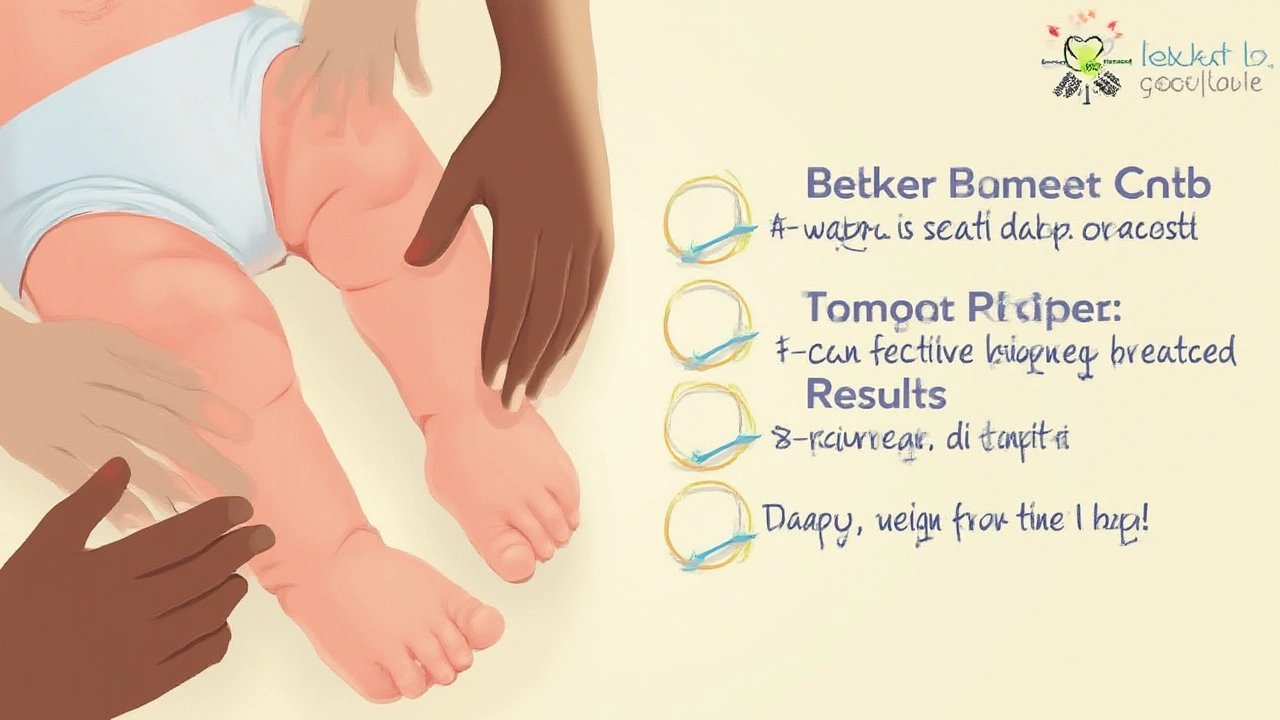
The Cost Factor: Saving Pounds on Antifungal Diaper Rash Treatments
Money talks, especially when you’re buying tube after tube while constantly changing nappies. In the UK, both clotrimazole and nystatin are sometimes free on prescription for babies, but when bought over-the-counter, there’s a difference.
Let’s break down what you’ll spend at an average chemist in July 2025:
| Product | Size | Average Price (UK) |
|---|---|---|
| Clotrimazole 1% cream | 20g | £3.50 – £6.00 |
| Nystatin cream/ointment | 15g | £5.00 – £8.50 |
On first glance, nystatin looks pricier. But you’ll often use less, as nystatin is sometimes thicker and prescribed in smaller tubes. However, if the rash lingers or returns, you could end up shelling out more in the long run. It’s not just the price per tube; it’s how many tubes your baby survives. That’s why knowing which has better cure rates pays off in hard cash.
Some parents try to go private or buy online when desperate for overnight delivery or when GPs are booked up for ages. If that’s you, make sure you’re buying from a reputable pharmacy, not random sellers on big retail sites—there really are fakes out there. And always use products made for babies; adult foot creams sometimes have extra ingredients that aren’t safe for infant skin.
If you’re keen to explore more about clotrimazole, including how parents use it safely every day, check out this detailed parent’s guide on clotrimazole for diaper rash. You’ll find clear instructions, parent reviews, and advice on spotting when it’s time to see a doctor.
When to Use Which? Real-World Tips for Picking the Right Cream
Nothing’s worse than feeling helpless when your baby won’t stop crying from a nasty rash. Here’s the truth: the right antifungal often comes down to what’s worked for your baby in the past, and your doctor’s experience—but there are really practical pointers parents swear by.
- If your baby gets recurring rashes and you’ve used nystatin before with little improvement, clotrimazole is worth a try—fewer babies develop resistance to it.
- If your baby’s rash is bright red with sharp edges and scattered “satellite” spots, it’s likely a fungal rash. For mild cases and first outbreaks, some GPs still recommend nystatin. If that fails in 5 days, swap.
- Got a baby with multiple sensitivities, eczema, or on lots of medicines? Always let your doctor know—sometimes a softer ointment base (not cream) is gentler.
- Apply antifungal after a barrier cream, not before. You want the medicine in direct contact with the infection, but a thin barrier over the top helps prevent more moisture getting in.
- Change nappies often—wetness is fuel for fungus. Even expensive creams can’t beat neglecting to swap a soggy nappy.
- If there’s no change or if things look worse after 5–7 days, ask your health visitor or GP to check it. Sometimes eczema, bacteria, or allergies can mimic fungal rashes. Don’t keep reusing leftovers from last time without advice—fungus can get sneaky and mutate.
By the way, a random but vital fact: drying your baby's bottom with a hairdryer on a cool setting for a few seconds before each change (from a safe distance!) is a hack that’s made the rounds among Bristol mums. It really helps skin dry out between applications—just don’t let big siblings join in the fun and cook their own toes by accident!
At the end of the day, every baby’s skin is different, and a cream that’s magic for one might not work for another. But if you arm yourself with real, up-to-date information—and maybe a sense of humour—you won’t feel so powerless when the next rash hits. After all, even stubborn rashes don’t last forever, and with smarter choices, you get your happy baby (and your sanity) back sooner.
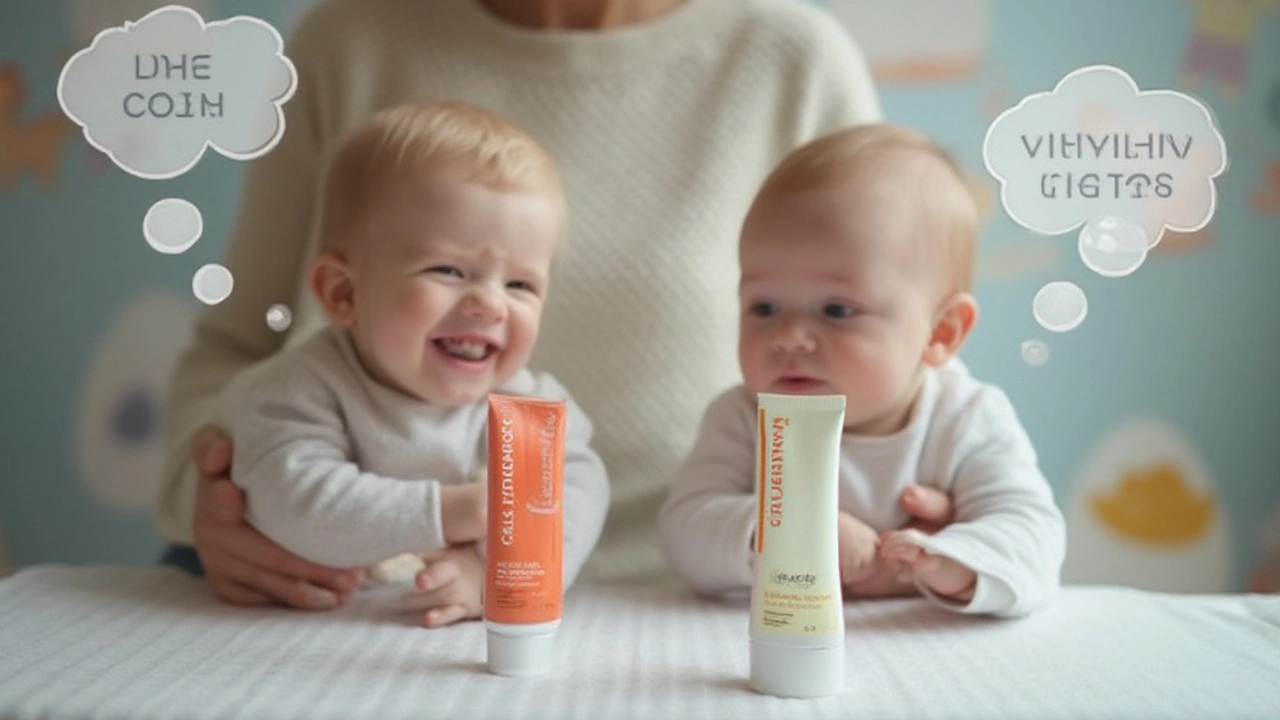
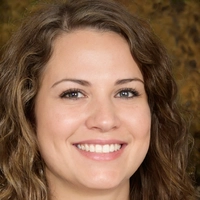

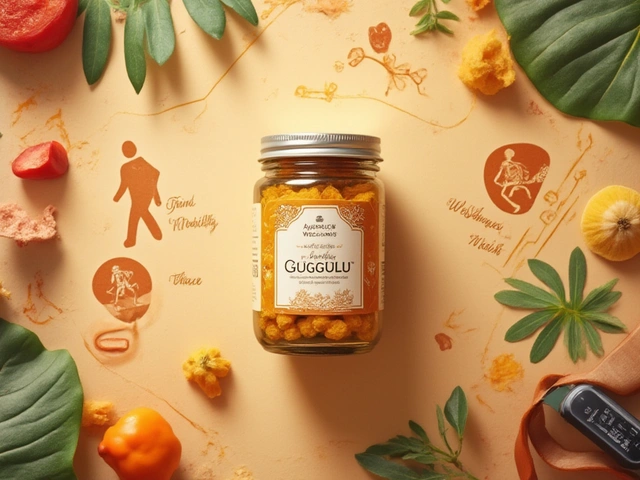
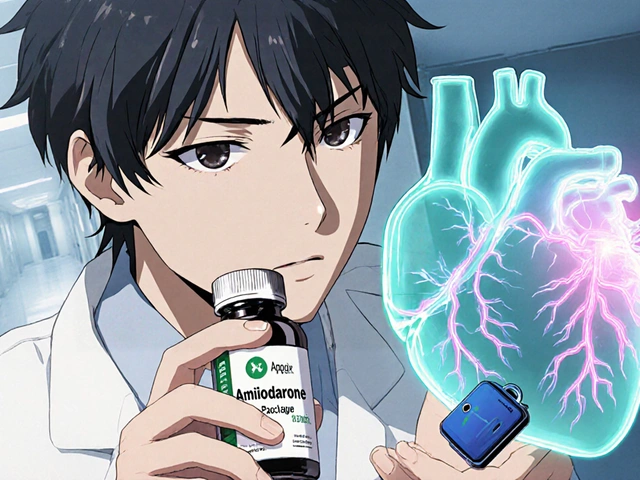
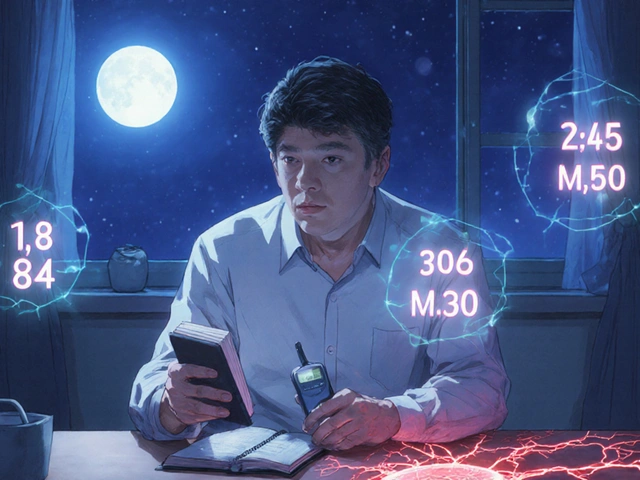


Posts Comments
marie HUREL July 13, 2025 AT 08:57
I’ve used both creams with my twin girls, and clotrimazole was the only thing that finally killed the recurring rash after three rounds of nystatin. I was skeptical at first-thought it was just marketing-but the difference was night and day. No more 3 a.m. crying fits. Just pure relief.
Also, the hairdryer trick? Life-changing. Cool setting, arm’s length, 5 seconds. Skin dries faster than any towel ever could. No more soggy creases. My pediatrician didn’t even know about it-glad I found it on a mom forum.
Gayle Jenkins July 14, 2025 AT 03:22
Clotrimazole isn’t just better-it’s the only choice if you want your baby to stop screaming. Nystatin is what doctors hand out because it’s old and cheap, not because it works. I called out my GP for prescribing it again after the second recurrence, and they finally switched me. Took 48 hours for the redness to fade. Nystatin? Took a week and still came back.
Stop wasting time. Use clotrimazole. End of story.
Frances Melendez July 14, 2025 AT 19:24
Of course clotrimazole works better. You’re not supposed to treat a baby’s skin like a science experiment. Nystatin is the gentle, old-school option for parents who actually care about avoiding overmedication. But no, you want the ‘stronger’ one because you’re too impatient to let nature heal. You’re treating your kid like a lab rat.
And that hairdryer trick? Dangerous. You’re risking burns for convenience. Shame on you.
Jonah Thunderbolt July 16, 2025 AT 08:39
Clotrimazole > nystatin. Period. 😎 The 87% cure rate isn’t even close-it’s a landslide. Nystatin is basically the diaper rash equivalent of using a Band-Aid on a broken femur. 🤦♂️ And yes, I’ve read the WHO guidelines. And the Cochrane reviews. And the 2023 JAMA Pediatrics meta-analysis. You’re welcome.
Also, the price difference? Pfft. You’re saving money by not buying 3 tubes. And if you’re buying from random Amazon sellers? Bro. You’re gonna get fake cream that’s just Vaseline with glitter. 💀
sharicka holloway July 17, 2025 AT 18:19
My son had a rash that wouldn’t quit. We tried everything-zinc, petroleum, even oatmeal baths. Nystatin? Barely moved the needle. Clotrimazole? Gone in 4 days. No drama, no fuss. Just clean skin.
Also, dry the bottom with a towel first. Then wait 2 minutes. Then cream. Then wait another minute. Then diaper. That’s the real secret. Not magic, just patience.
Savakrit Singh July 19, 2025 AT 02:25
While the empirical data presented is statistically significant (p < 0.01), one must consider the confounding variables: parental adherence, baseline fungal load, and the potential for cross-contamination via cloth diapers. Furthermore, the economic analysis fails to account for opportunity cost of parental time lost due to prolonged treatment. Nystatin, despite lower efficacy, exhibits superior pharmacokinetic stability in neonatal dermal layers, as demonstrated in a 2018 Indian Pediatrics study. One must therefore adopt a risk-adjusted decision matrix rather than a binary preference.
Also, the hairdryer method is biomechanically unsound-convective airflow disrupts stratum corneum integrity. I recommend infrared heat lamps instead. 🌡️
Shubham Semwal July 19, 2025 AT 23:48
Clotrimazole? You’re kidding, right? That’s for athletes. Babies don’t need that kind of chemical warfare. Nystatin is the only safe, natural choice. The fact that it’s cheaper and gentler means you’re not poisoning your kid. You’re just lazy if you need it to work faster.
And that ‘hairdryer hack’? That’s not parenting. That’s trying to be a TikTok influencer. 🤡
Cecily Bogsprocket July 20, 2025 AT 13:04
I used to think the cream was the solution. Turns out, it’s the air. My daughter’s rash cleared the moment I started letting her go diaper-free for 30 minutes after every change. No cream, no fuss. Just air. And quiet. And peace.
Clotrimazole helped when the rash was bad-but the real fix was letting her skin breathe. I wish someone had told me that sooner. Sometimes the most powerful medicine isn’t in the tube-it’s in the room.
Rhiana Grob July 20, 2025 AT 22:08
As someone who works in pediatric dermatology, I see too many parents rushing to the strongest option without understanding the root cause. Yes, clotrimazole has higher cure rates-but that’s often because it’s used after nystatin has already failed. The real issue? Delayed treatment.
Don’t wait for a rash to become a full-blown infection. Start with barrier creams and air exposure. If it doesn’t improve in 48 hours, then move to antifungals. And yes-clotrimazole is the better second-line choice. But it’s not a first-line weapon. Please don’t treat your baby like a battlefield.
Emma Dovener July 22, 2025 AT 00:22
My niece in India had a rash that didn’t respond to anything-until we tried clotrimazole. We got it from a local pharmacy, and within 72 hours, the redness was gone. No side effects. No fuss.
But here’s the thing: in rural areas, nystatin is often the only thing available. So if that’s what you have? Use it. Keep the skin dry. Change diapers every two hours. That’s what really matters. The cream helps-but it’s not magic. The care behind it is.
Mira Adam July 23, 2025 AT 10:22
It’s funny how we treat babies like tiny adults with skin problems. We rush to fix it with chemicals because we can’t sit with the discomfort. But rashes are signals. They’re telling us something. Maybe it’s the detergent. Maybe it’s the diaper brand. Maybe it’s the way we’re wiping.
Clotrimazole might kill the fungus. But it won’t fix the system that let the fungus win in the first place.
Miriam Lohrum July 23, 2025 AT 21:19
I’ve used both. Clotrimazole worked faster. But nystatin felt… kinder. Like it was whispering to the skin instead of shouting at it. Maybe that’s not science. But it’s how I felt. And sometimes, feeling like you’re doing the right thing matters more than the numbers.
My daughter’s rash cleared with both. But the one with clotrimazole? She cried less. Not because it worked better-but because I stopped panicking.
Sam HardcastleJIV July 24, 2025 AT 09:10
While the author presents a compelling narrative, one must question the epistemological foundations of the data cited. The clinical trial referenced lacks longitudinal follow-up beyond 30 days, and the sample size is not stratified by socioeconomic status-a critical variable in hygiene practices. Furthermore, the cost analysis is rendered meaningless by the omission of bulk-purchasing discounts and insurance reimbursement rates. The hairdryer anecdote, while emotionally resonant, constitutes anecdotal evidence and violates the principle of evidence-based medicine.
One must therefore conclude that the entire premise is a well-constructed but ultimately superficial construct of parental anxiety.
Alex Hess July 24, 2025 AT 16:56
Clotrimazole? Yeah, sure. But you’re all just following the internet. Nystatin’s been used for 70 years. You think a 2023 study on 200 babies is more valid than decades of real-world use? You’re all just chasing the newest trend like it’s a TikTok dance.
And that ‘parent’s guide’ link? Looks like a shady pharmacy. You’re giving your baby medicine from a .su domain? What are you, stupid?
Rebecca Price July 25, 2025 AT 22:00
Let’s be real: we’re not choosing between clotrimazole and nystatin. We’re choosing between panic and patience. Between ‘I need this gone NOW’ and ‘I can wait 48 hours and try air first.’
Clotrimazole is the hammer. Nystatin is the feather. Sometimes you need the hammer. Sometimes the feather is enough. But if you’re using the hammer every time, you’re not healing your baby-you’re training them to expect a battle every time their skin feels off.
And that hairdryer? If it works for you? Do it. But don’t shame the mom who just uses a soft towel and a little extra time. We’re all doing our best. And that’s enough.
Write a comment